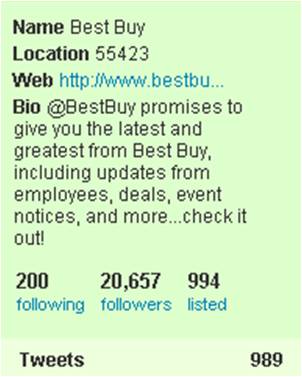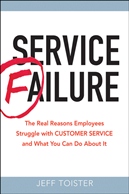Yelp is a great resource for customer reviews on everything from restaurants to dry cleaners. I often turn to Yelp for suggestions and sometimes post a review myself. It's a great tool but some of the reviews are just plain outrageous.
Some of these outrageous reviews include inflammatory insults, vulgar language, and reviewers that readily mix facts with fiction. Inc. recently ran a great article called You've Been Yelped that gave an inside look at how small business owners handle Yelp reviews. It profiled one business owner who found herself on the wrong side of assault charges after confronting a reviewer at his home.
My current social media experiment shows that rude and crude reviews aren't confined to Yelp. The exchanges on many companies' Facebook pages could peel paint and make babies cry. It's truly amazing what people will say in a public forum.
It's OK to be a critic, but I have a few Yelpiquette suggestions for making your reviews both useful and fair. There's also an old, but good, discussion on the Yelp website.
#1. Be constructive
A good review should help others make a decision about whether or not to visit the business. If you feel the urge to write something negative, make sure you explain why you are down on the establishment so others will know what to avoid. Some good Yelpers make it a personal policy to visit a place twice before giving a negative review just so they are level-headed when giving their take. It's offensive to see someone describe a multinational organization as being "a group of Nazis" because one employee was having a bad day.
#2. Be civil
Dowsing a business in the flames of your profane prose may feel like sweet revenge for a bad experience, but other people will be reading your review. A vulgar reviewer generally looks worse than the business reviewed. Try to write as if you were sharing the feedback face to face with the business owner. This will soften your tone a bit and your reviews will become much more useful to others.
#3 Make friends with facts
Someone recently reviewed my local barbershop. They wrote about the convenient location, the good haircut, and the nice touch of having a brief shoulder massage at the end. Then they went on to complain about the $20 price and gave it one star. One small problem -- haircuts only cost $12 here. Get your facts straight if you are going to write a review, especially a negative one.
I hope you do Yelp or find other ways to share your feedback so others can benefit. In the meantime, here are a few of my recent reviews: http://jtoister.yelp.com
 Jeff Toister
Jeff Toister  Friday, March 19, 2010 at 10:07AM |
Friday, March 19, 2010 at 10:07AM | 


 Best Buy,
Best Buy,  Facebook,
Facebook,  Starbucks,
Starbucks,  social media experiment,
social media experiment,  twitter | in
twitter | in  Service Trends
Service Trends 






